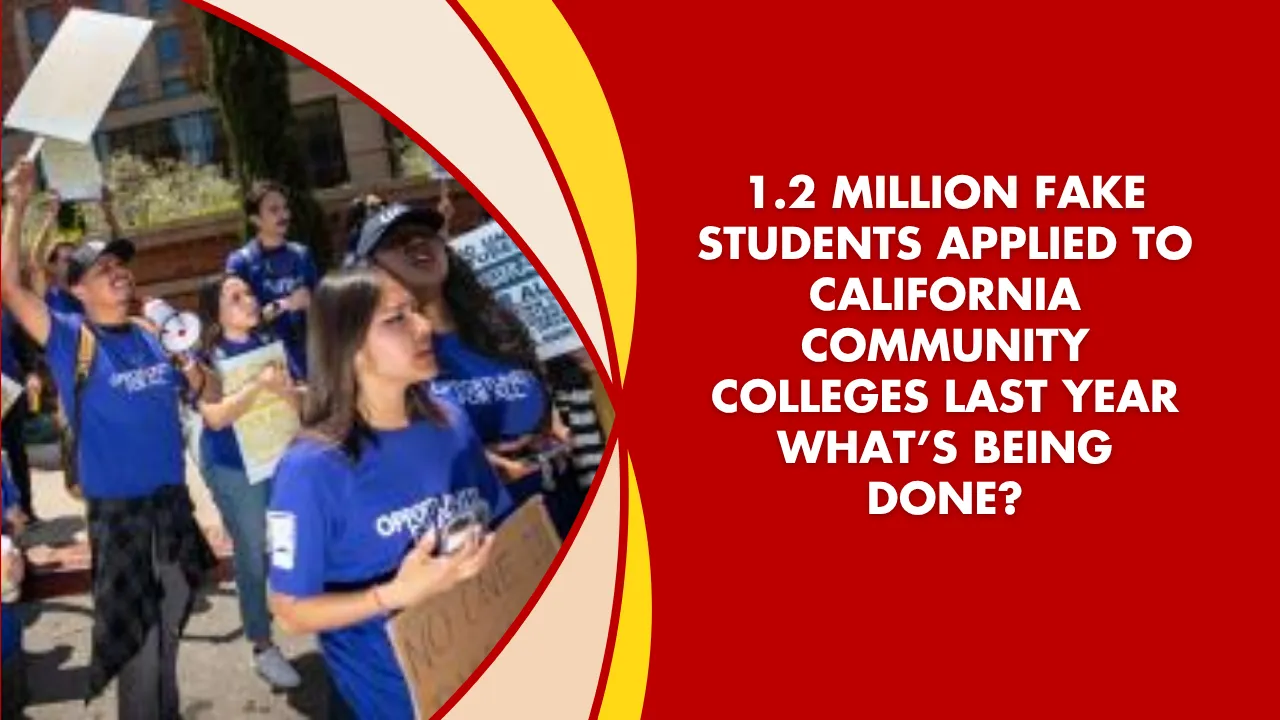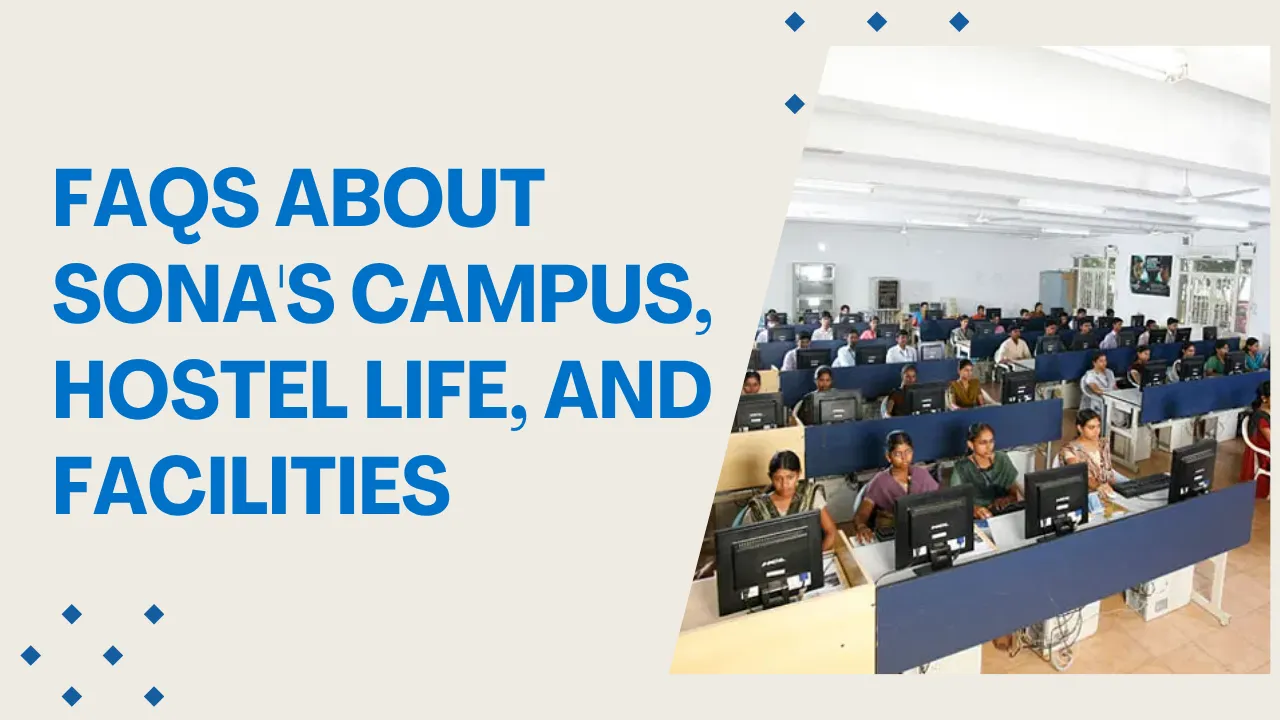The Rise and Impact of Fake Student Applications: In a troubling revelation, California’s community college system saw a staggering 1.2 million fake student applications in 2024 alone—amounting to nearly one-third of all submissions. This digital wave of fraud wasn’t just about inflating enrollment numbers. It cost taxpayers over $10 million in lost financial aid. With scammers exploiting weaknesses in the system—mainly open-access admissions and online learning flexibility—authorities are now scrambling to patch holes and restore trust.
As the education sector shifts to accommodate digital tools and accessibility, bad actors are taking advantage. These fake identities not only strain limited resources but also crowd out legitimate students. California’s education officials now face a dual challenge: stop the scams without shutting the door on real learners.
The Rise and Impact of Fake Student Applications
The issue of fake student applications isn’t just a bureaucratic inconvenience—it’s a full-blown crisis in financial aid fraud. Scammers, often using bots and AI, generate thousands of applications to tap into state and federal funds meant for real students. Because California’s community colleges accept nearly all applicants, fraudsters have found a sweet spot. They stay enrolled long enough to receive financial aid disbursements, then vanish—taking the money with them.
This manipulation of the community college system has profound implications. Courses fill up with non-existent students. Financial aid resources are drained. Administrative efforts are wasted chasing phantoms. And most concerning, deserving students may be sidelined. This wave of fraud has prompted state leaders to consider bold solutions, from charging application fees to enforcing stricter identity verification rules.
| Key Facts | Details |
| Total applications (2024) | Approx. 3.87 million |
| Percentage likely fake | 31% (1.2 million applications) |
| Financial aid stolen | Over $10 million ($8.4M federal, $2.7M state) |
| Primary tools used in scams | Bots, AI-generated identities, stolen personal info |
| Student impact | Legitimate students locked out of courses, delayed aid |
| Fee proposal | $10 application fee (with waiver options for low-income applicants) |
| Technology in play | New fraud detection software, ID.me partnership |
| Federal changes | Live ID verification to access financial aid (starting fall 2025) |
| Rollout goal for updates | Full system redesign expected by Spring 2026 |
| Broader implications | Increased scrutiny of online education scams and need for reform |
How are fraudsters scamming the system?
Fake students aren’t just one-time glitches—they’re often the result of well-organized fraud networks. These groups use bots and artificial intelligence to create hundreds of bogus identities. The process is shockingly simple: they enroll, apply for aid, wait for disbursements, and disappear before doing any coursework.
Since low-income students in California often qualify for aid beyond tuition—money that can be used for housing, books, and transportation—fraudsters walk away with real dollars. The enrollment scam takes advantage of the system’s generosity and the anonymity of remote learning.
Some have used their ill-gotten funds for lavish personal expenses—from designer shopping sprees to overseas vacations—proving that this isn’t just petty crime but targeted exploitation of educational loopholes.
How much aid is going to fake students?
The financial toll is mounting. In 2024, scammers collected an estimated $8.4 million in federal aid and another $2.7 million in state funding. Although these numbers represent a small portion of California’s overall student aid—about $3.5 billion total—they are still deeply concerning.
And while a majority of fake applications are now flagged and rejected, new attempts continue to flood the system. This means community colleges are in a perpetual battle to filter genuine students from automated imposters.
Despite improvements in detection, this type of financial aid fraud consumes time, trust, and resources that should otherwise support real learners and educators.
What’s being done to stop the scams?
To respond to the growing threat, California officials are deploying a multi-pronged approach:
- Redesigning the Application System: A new system, set to launch by Spring 2026, will include integrated fraud detection mechanisms from the start—targeting bots and suspicious patterns before students even reach the classroom.
- Application Fee Proposal: For the first time, leaders are proposing a $10 fee to apply to community colleges. Though controversial, this “nominal” charge is intended to deter fraud without excluding low-income students. Waivers and credits are part of the discussion to preserve accessibility.
- Strengthening Identity Verification: The state has partnered with ID.me, a third-party platform, to confirm applicants’ identities. On a federal level, upcoming rules will require applicants to show valid government-issued IDs—either in person or via live video chat—before receiving any aid.
- Human Oversight at the Campus Level: Staff and faculty have become frontline defenders, trained to spot inconsistencies and track classroom engagement. Whether it’s bots submitting work or fake IDs showing odd details, colleges are getting better at catching scams early.
Federal action and technology limitations
The U.S. Department of Education is also taking fraud seriously. Starting this fall, new federal guidelines will require student aid recipients to present live identification before aid is disbursed. Colleges must retain copies of these IDs, creating a clear trail of verification.
However, enforcement could face hurdles. Staffing shortages and internal shakeups at the Department of Education—driven by recent political changes—mean fewer investigators and delayed implementation. Nonetheless, officials are pushing forward, acknowledging that the fight against fraud must evolve just as quickly as the scams themselves.
The downside: real students feel the impact
The most heartbreaking part? Real students are being hurt. As fake names fill course rosters, legitimate students are pushed onto waitlists. Faculty waste time managing ghost learners. Financial aid offices are bogged down investigating fraud claims instead of helping students in need.
The accessibility of remote learning—once celebrated for expanding education—has become a double-edged sword. It gave scammers the perfect cover. Now, the focus must be on balance: preserving access while protecting the system.
Frequently Asked Questions
1. Why are fake student applications such a big problem?
They drain millions in financial aid, take classroom seats from real students, and overwhelm administrative systems designed to help low-income learners.
2. How do scammers create fake students?
Using bots, stolen identities, and AI, they flood applications with realistic-sounding profiles to access aid without ever attending class.
3. What is being done to fix the system?
California is planning a full system redesign, proposing a $10 application fee, and introducing stronger ID verification—both state and federally.
4. Will real students have to pay more?
The $10 fee may be waived or refunded for those with financial hardship. Officials insist the aim is deterrence, not exclusion.
5. When will new protections take effect?
Some federal ID requirements start in fall 2025. California’s redesigned system should roll out by Spring 2026.
Final Thought & Call to Action
The surge in fake student applications is more than a glitch—it’s a serious threat to educational equity, financial accountability, and public trust. But California isn’t standing still. With smarter tools, tighter policies, and broader collaboration between state and federal agencies, the tide can be turned.
If you’re a student, educator, or policymaker, now is the time to stay informed and proactive. Spread awareness, report suspicious activity, and support policies that protect access while stopping fraud. Share this article, start a conversation, and help ensure that financial aid gets to the students who truly need it.
















